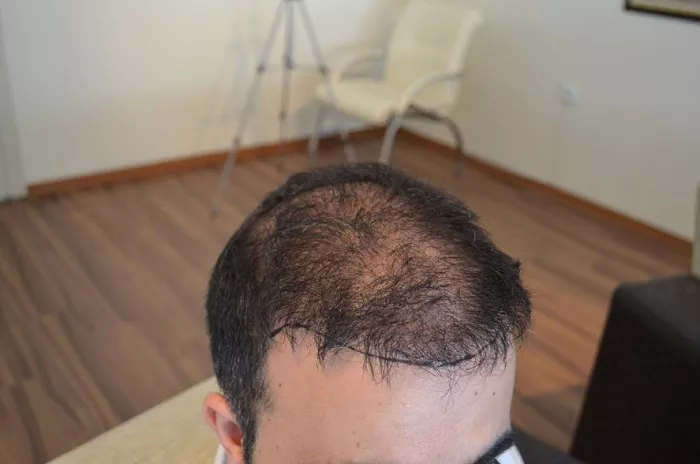Hair transplant surgery is a popular procedure that can restore a person’s hair and confidence. However, many people wonder how long it takes for a hair transplant to become secure and whether there are any risks associated with the procedure. In this comprehensive guide, we will explore the timeline for hair transplant recovery and what patients can expect during the healing process.
Understanding Hair Transplant Surgery
Hair transplant surgery is a cosmetic procedure that involves moving hair follicles from one part of the scalp to another. The transplanted hair follicles are typically taken from the back or sides of the scalp, where hair growth is usually more robust and resistant to hair loss.
The hair transplant surgery procedure involves the following steps:
Pre-operative Consultation:
The surgeon will evaluate the patient’s hair loss and determine the best approach for the procedure. The surgeon will also discuss the patient’s goals and expectations for the surgery.
Hair Follicle Extraction:
The surgeon will extract hair follicles from the donor area using a specialized tool.
Hair Follicle Implantation:
The surgeon will implant the hair follicles into the recipient area using a specialized tool.
Post-operative Care:
The patient will need to follow specific post-operative care instructions to ensure proper healing and minimize the risk of complications.
Timeline for Hair Transplant Recovery
The timeline for hair transplant recovery can vary depending on several factors, including the extent of the procedure, the patient’s health and age, and the quality of post-operative care.
Immediately after the procedure, patients may experience some swelling, redness, and discomfort in the scalp area. These symptoms are normal and typically subside within a few days.
Within the first week after the procedure, the transplanted hair follicles will start to take root in the recipient area. Patients may notice some shedding of the transplanted hair during this time, which is a normal part of the healing process.
By the end of the first month, the transplanted hair follicles will start to grow new hair. However, the hair may be thin and sparse at first and may take several months to thicken and become more natural-looking.
By six months after the procedure, patients should start to see significant hair growth in the recipient area. The hair will continue to thicken and become more natural-looking over the next several months.
By one year after the procedure, patients should see the full results of the hair transplant surgery. The hair will be thicker, fuller, and more natural-looking, and patients can enjoy a new lease on life with their restored hair and confidence.
Risks and Complications
Like any surgical procedure, hair transplant surgery carries some risks and potential complications. These can include:
Infection:
Infection can occur in the scalp area after the surgery, which can cause pain, swelling, and redness. Patients should follow all post-operative care instructions carefully to minimize the risk of infection.
Bleeding:
Some bleeding is normal after the surgery, but excessive bleeding can be a sign of a complication. Patients should contact their surgeon immediately if they experience excessive bleeding.
Scarring:
Hair transplant surgery can cause scarring in the donor and recipient areas. However, skilled surgeons can minimize scarring by using advanced techniques and following proper post-operative care instructions.
Poor Hair Growth:
In some cases, the transplanted hair follicles may not grow properly, which can result in a patchy or unnatural appearance. This can be due to a variety of factors, including poor surgical technique, inadequate blood supply to the scalp, or underlying medical conditions.
Shock Loss:
Shock loss is a temporary form of hair loss that can occur after the surgery. It is caused by trauma to the scalp and can result in the loss of both transplanted and existing hair. However, the hair usually grows back within a few months.
To minimize the risk of complications, patients should choose a qualified and experienced hair transplant surgeon and follow all post-operative care instructions carefully. Patients should also avoid smoking, alcohol, and strenuous activities during the healing process and protect their scalp from sun exposure. By taking these precautions, patients can achieve the best possible results and minimize the risk of complications.
Conclusion
Hair transplant surgery is a safe and effective procedure that can restore a person’s hair and confidence. By understanding the timeline for hair transplant recovery and the potential risks and complications, patients can make informed decisions about their hair care and treatment. By working with a qualified and experienced hair transplant surgeon and following all post-operative care instructions, patients can achieve the best possible results and enjoy a full head of healthy, beautiful hair.
Related Topics:

